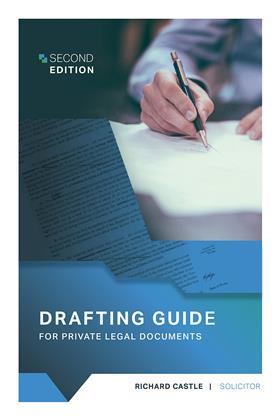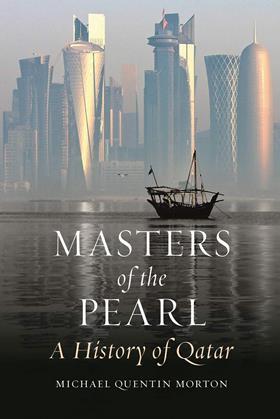Drafting Guide for Private Legal Documents
Richard Castle
£24, Mereo Books
★★★✩✩
Many practitioners will overlook this book, muttering something about teaching your grandmother to suck eggs. Maybe, but it should not be dismissed out of hand for the experienced drafter. There are merits to having this in a library.
The obvious audience for this text would be the novice, getting to grips with the art of drafting. Introductory discussions about the principle, and test of clarity and organisation will help give the fresh-faced drafter a good grounding.
However, it also has value for the more experienced practitioner, serving as a useful reference and reminder of the principles and practices of good drafting.

It can be easy for seasoned professionals to get familiar with certain precedents and particular ways of drafting. It may be the way it has been done by them and their firm for a long time. However, no one is beyond giving their documents a critical look – that hackneyed precedent and way of expressing certain things may not be the best way to convey the meaning intended.
This text provides succinct explanations of drafting principles and modes of expression. The examples with explanations, coupled with a well organised contents page, make it easy to dip in and out, ensuring the drafter is on track to maintain clarity of expression and accuracy in meaning.
The following three-quarters of the book are dedicated to property-related precedents. Non-property practitioners will find this superfluous, so it would be somewhat extravagant for them to purchase this book.
I also question the usefulness in this day and age of having precedents in printed texts. Word versions of the precedents can be obtained by emailing the publisher or author; however, most drafters will have access to at least one online precedent bank as well as their own in-house precedents.
This is a sound introduction to good drafting practices and a reminder and reference material for the experienced drafter. However, the precedents are likely to limit the appeal of this to those practising property law.
Hilesh Chavda is a partner at Spencer West
Masters of the Pearl: A History of Qatar
Michael Quentin Morton
£25, Reaktion Books
Qatar’s founder Sheikh Jassim has a luminous place in these pages, for when he died, he left pearls valued at 600,000 rupees (£7.5m). As retired barrister Michael Quentin Morton observes, ‘pearling more than anything determined the human patterns of this land’. While Qatar was a linchpin of pearling’s halcyon era at the start of the 20th century, the arrival of artificially produced pearls killed the trade; ‘in the 1930s the country faced ruin’.

However, the discovery of oil transformed Qatar’s fortunes. Where once there had been ‘grazing camels, perhaps a passing Bedouin or two; now there were oil tanks rising up’.
The author has a special affinity with Qatar: in the 1950s, he lived in the Dukhan oil camp with his family (his father was a geologist). However, as Morton concedes in his readable history, change came at a cost, for ‘villages were abandoned… and new jobs in the shiny oil industry beckoned’.
Nicholas Goodman





























No comments yet